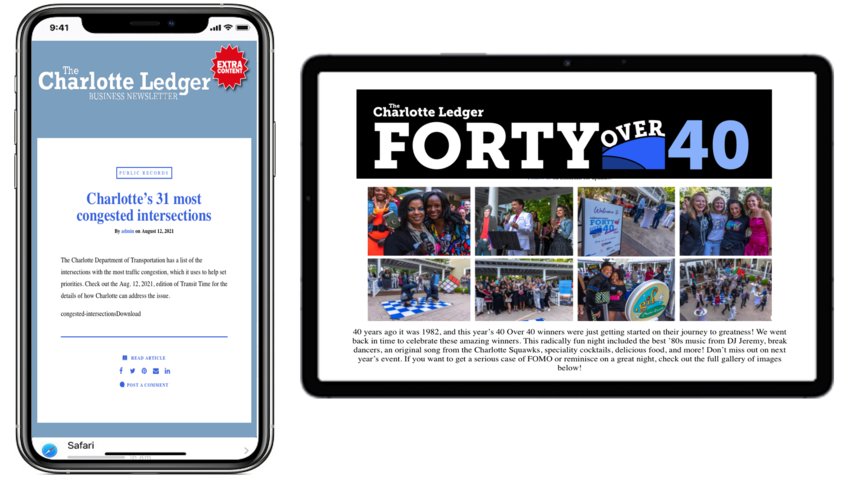More E&P "Exclusives" on Audience
Boston Globe Media has announced the launch of The B-Side, a new email and social-only product geared towards informing and entertaining new audiences. The B-Side's focus is hyperlocal and will provide curated, authentic and relatable content that reimagines how local news is conveyed to the next generation of Bostonians.
These days, there’s no shortage of options for news and information, but that also means getting noticed is tougher than ever before. That is why it helps (and is more important) to not only know your audience —who they are — but to know what motivates them and what can pique their interest.
There is a sudden swell of optimism about the state of journalism in Chicago, where local journalists are about to answer a question I posed on these pages several years ago: Why can’t newspapers create a business model similar to public radio stations?
ThinkNewsBrands, a cooperative of Australian publishers, has studied advertising effectiveness across media platforms — in its “Benchmark and Payback Series.” In August, the group released a new installment in the series, The Social Chapter, which looked at key indicators and ad metrics. In August, the group released a new installment in the series, The Social Chapter, which looked at key indicators and ad metrics, such as short-term and long-term memory recall, and “brand lift” —
Recently, America’s Newspapers encouraged a “Shop Local, Eat Local, Read Local” campaign. The topic of supporting local spending has never been timelier and more critical. Never has our locally-owned and operated business base been under more pressure. As this pressure continues to mount, so will the pressure on the local news media companies as well.
In a digital age where news is preserved online, newsrooms are facing increasing pressure to “unpublish.” To help newsrooms address the matter, Deborah Dwyer, a Reynolds Journalism Institute (RJI) fellow and a doctoral candidate in the Hussman School of Journalism and Media at the University of North Carolina-Chapel Hill, created Unpublishing the News...

